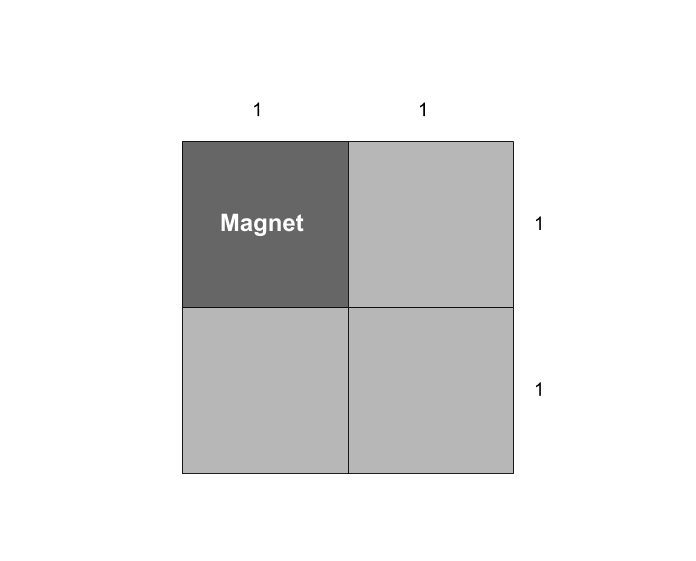Magnet

Chris has a square board. He wants to perform a Monte-Carlo simulation to find out the average distance between two points by randomly throwing two metal beads on the board and measure their distance. However, his brother Patrick secretly hid a magnet below one of the quadrants such that 70% of the metal beads will land uniformly on that area, and 30% of the metal beds will land uniformly in the other quadrants.
Chris is very confused as the answer doesn't match the one in his computation. Instead, what is the answer Chris found?
Give your answer to 4 decimal places.
The answer is 0.8596.
This section requires Javascript.
You are seeing this because something didn't load right. We suggest you, (a) try
refreshing the page, (b) enabling javascript if it is disabled on your browser and,
finally, (c)
loading the
non-javascript version of this page
. We're sorry about the hassle.
The percentage of landing on the first quadrant is 7 0 % , and 1 0 % for all second, third and forth quarter.
Using the probability distribution above your code might looks complicated. Instead, it can be transformed as :
The percentage of landing on the first quadrant is 6 0 % , and 4 0 % will evenly land on any point on the board.